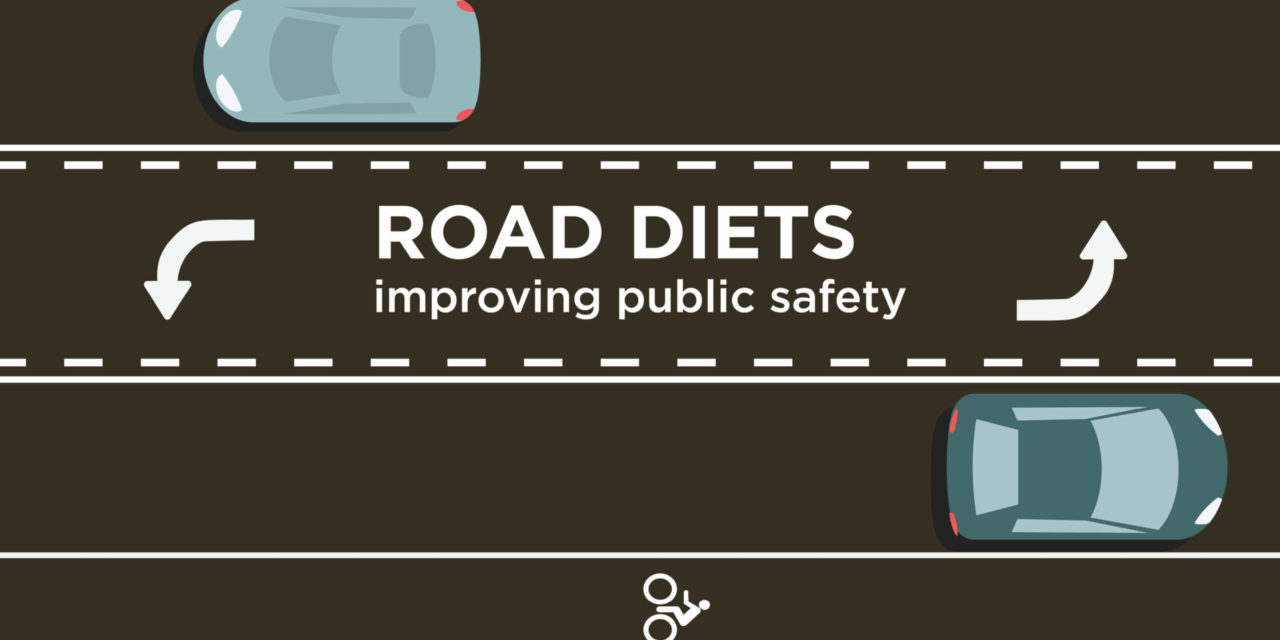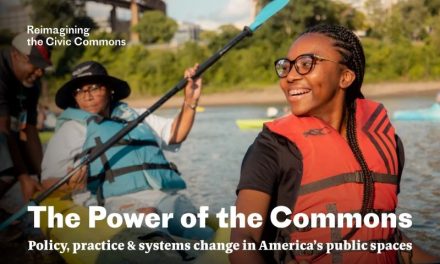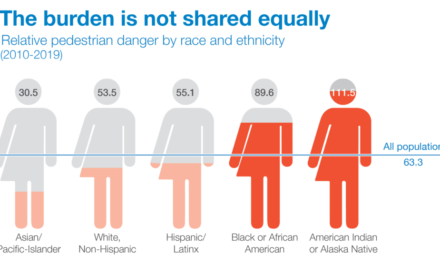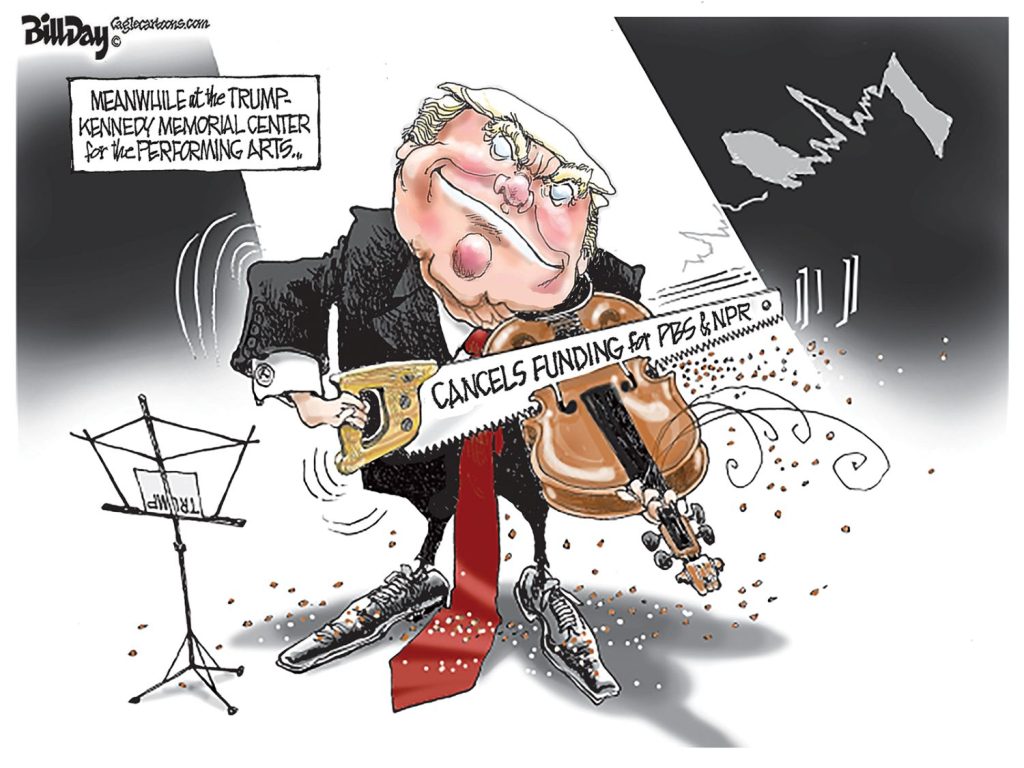What would you call City of Memphis’ new rules for Riverside Drive?
A start.
The City of Memphis announced that weekday through traffic on Riverside Drive between Union and Georgia Avenues will be allowed from 5 a.m. on Mondays to 7 p.m. on Fridays. On weekends, Riverside Drive will close between Union and Georgia avenues from 7 p.m. on Fridays to 5 a.m. on Mondays.
Truth be told that while Riverside Drive was closed for construction of the spectacular Tom Lee Park, it proved the value of the street staying closed or at least being reduced from a four-lane highway into a two-lane street.
The city’s new rules were predictably met with howls from people – led by a former City Council candidate who finished a distant third in his race for office – who oppose almost anything done on the riverfront and do their best to enflame opinions about parking while extolling the virtues of Memphis in May, which didn’t provide Riverside Drive Parking at all.
It’s the classic chorus of complaints anchored in the city’s lack of self-worth that reliably greets new ideas – whether FedExForum, Shelby Farms Park, Tom Lee Park, and fill in the blank.
Discouraging State of Urbanism
Memphis is hardly a hub of modern, progressive urban thought and the lack of understanding about the importance of interventions and investments that produce transformative real estate, public space, and economic strategies and the accompanying impact, inclusion, and animation is enough to discourage even the most inveterate cheerleaders for Memphis.
There is no greater evidence to this lack of understanding than the current state of downtown, where the promise of a clean, green, and safe environment is sadly unmet. It’s a reminder of the U.S. Department of Justice studies that connect how the physical state of an area tells potential criminals that no one cares and that anything goes, which contributes to crime.
The saddest indicator of the state of Memphis’ urbanism is that changing the rules for vehicles on Riverside Drive is considered bold urban decision-making.
But that’s a subject to pursue in more detail on a future day.
Street Diet
The Downtown Memphis Master Plan recommends:
“Reduce the number of lanes and add multimodal improvements including wider sidewalks, bicycle infrastructure, and other human-scaled amenities for South Fourth Street, North Manassas Street, North Dunlap Street, Riverside Drive, and Monroe Avenue.”
And it says more: “A number of Downtown Memphis streets are too large, given their traffic volumes. Reducing the number of lanes would pave the way for public realm improvements while maintaining traffic flow…Some streets should be evaluated and considered for a road diet include South Fourth Street, North Manassas Street, North Dunlap Street, Riverside Drive, Monroe Avenue.”
There is much to like in the proposed master plan for downtown, particularly the fresh look at the number of lanes in streets, at whether they are pedestrian and bike-friendly, well-lighted, signed well, and connected to the riverfront.
As for Riverside Drive, the number of vehicles traveling the highway is 30% lower than it was a decade ago.
The disparity between street capacity and traffic count is emblematic of the underuse and inefficiency of the downtown street grid. The traffic count and capacity for key streets are: Second Street – 5,807 vehicles, 24,000 capacity; Third Street/B.B. King – 7,985 vehicles, 24,000 capacity; Front Street – 7,494 vehicles, 24,000 capacity; and Crump Boulevard – 13,364 vehicles, 48,000 capacity.
Right-sizing
With cities on the cusp of new transportation technologies, especially mobility-on-demand and the rise of autonomous vehicles, the report by the Downtown Memphis Commission emphasized the need to consider anew parking and more efficient streets.
The recommendations about Riverside Drive are just the latest by experts that suggest Riverside Drive can be sized in a way that better serves the aspirations of downtown. Any suggestion that Riverside Drive should have its lane reduced, much less closed, provokes loud outrage and noxious comments from some people who seem more motivated by who is for improving Riverside Drive than about whether it is logical and better.
For at least seven years, I’ve been blogging about the need to right-size Riverside Drive to improve downtown’s livability, to increase safety, and to improve access to the riverfront. After writing previously about this, I got a few emails that suggested that only Memphis would even think of doing “something as stupid” as changing its riverfront street.
And yet, that’s not true.
Rethinking Waterfront Streets
There are cities all over the U.S. who have rethought and are rethinking their waterfront streets and highways to the point that many are even removing them altogether, because in taking a traffic engineering view of cities, the urban fabric was sacrificed for speed and commuters.
Boston removed sections of I-89, creating more than 45 parks and public plazas, and rerouted I-93 to create a linear park with landscaped gardens, promenades, plazas, fountains, art, food trucks, farmers’ markets, carousel and specialty lighting. Public space, walking and biking paths, and new transit routes are now where the Embarcadero Freeway in San Francisco once stood.
Rochester, New York, filled in almost a mile of I-490 to create a complete street that reconnected neighborhoods with walking and biking paths. Milwaukee demolished an interstate and new development blossomed on both sides of a boulevard.
New Haven, Connecticut, demolished part of a highway and spurred new downtown development. Philadelphia is removing concrete ramps of an interstate which obscured views of the river and built a cap over the interstate covered by an 11-acre landscaped park that is a walkable link from the Old City to the river’s edge.
There are similar projects in Dallas, Albany, Austin, Detroit, Oakland, Syracuse, and more.
A Warning about Engineers
Old car-centric ideas die hard.
As urban planner and author Jeff Speck warned, after evaluating the riverfront in Memphis in 2013, said: “Don’t let traffic engineers determine your quality of life.”
Joe Cortright of City Observatory described it this way: “We took an engineering view of cities, one in which we needed to optimize our transportation infrastructure to facilitate the flow of automobiles. The massive investments in freeways (and the rewriting of laws and culture on the use of the right of way) made cities safer for long-distance, high-speed – but at the same time produced massive sprawl, decentralization, and longer journeys, and eviscerated many previously robust city neighborhoods.”
University of Tennessee’s Ted Shelton and Amanda Gann of the architecture school wrote: “Where urban highway construction did occur, in urban design terms, it was highly detrimental to the urban fabric; creating physical and psychological rifts that are extremely difficult to bridge and introducing a substantial source of noise and air pollution. Cities across the country continue to struggle with this legacy.”
Getting Beyond Talking Points
Powerful roadbuilding lobbies and Chambers of Commerce have imbedded its main talking point – “highways are economic arteries” – into the minds of politicians at all levels of government. The results can be seen in the sprawl of suburban and rural Shelby County which took county government to the verge of bankruptcy.
A variation of the Chamber mantra justifying more roads was that sprawl was actually “growth” when in fact, they were perpetuating – and subsidizing – a major and historic relocation of Memphians outside of the city.
In this way, the county government that depended on the important support from Memphis for revenues and economic activity did in fact undermine its health on the belief that “all roads are good roads.”
As for Riverside Drive, Memphis has an opportunity to be a leader in the treatment of its waterfront by right-sizing the street to become what it aspires to be – a safe, accessible connector between neighborhoods in downtown, South Memphis, and North Memphis and their riverfront.
**
Join us at the Smart City Memphis Facebook page and on Instagram for daily articles, reports, and commentaries that are relevant to Memphis.






